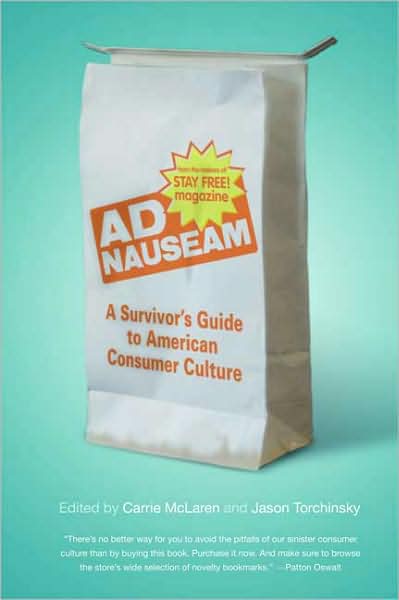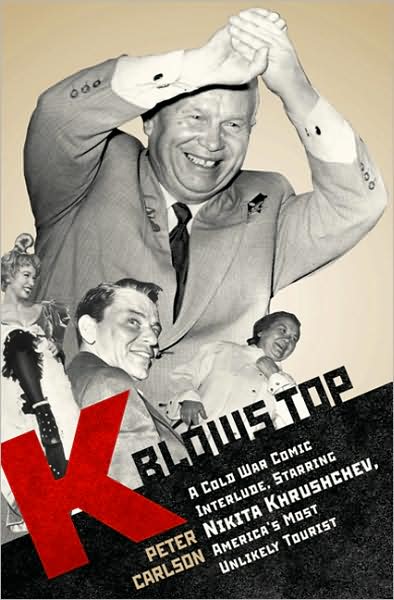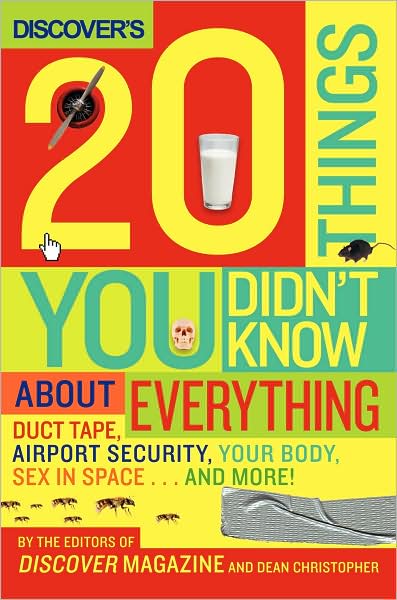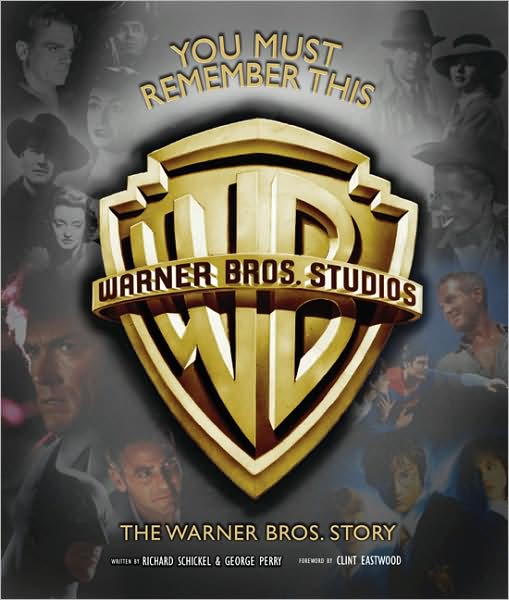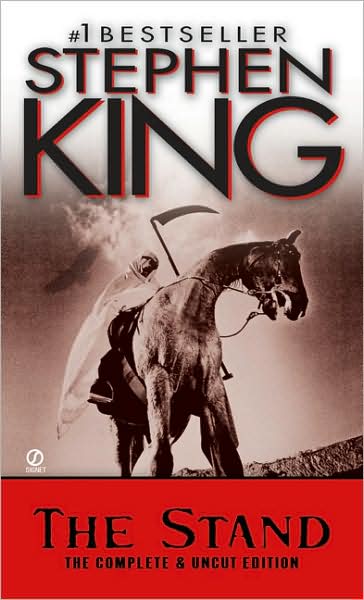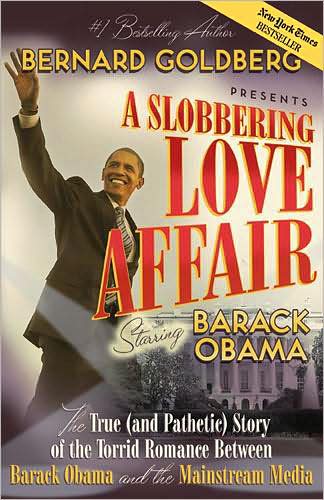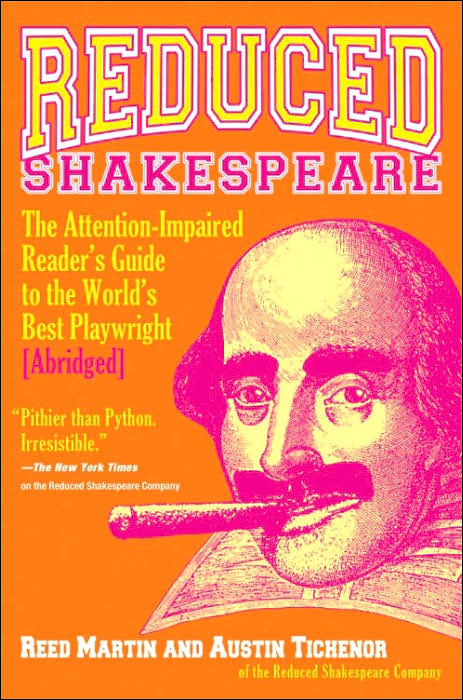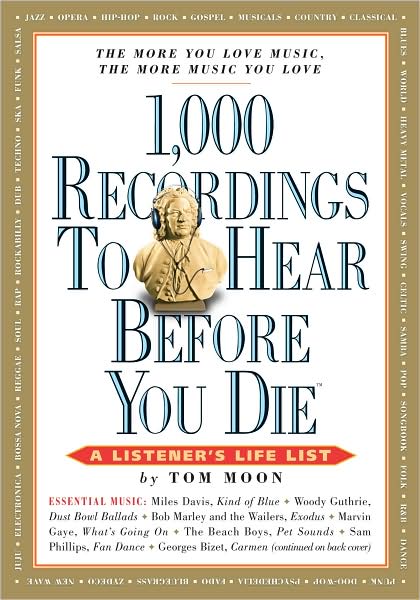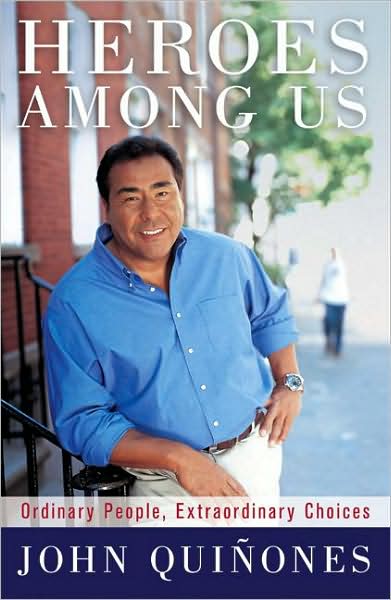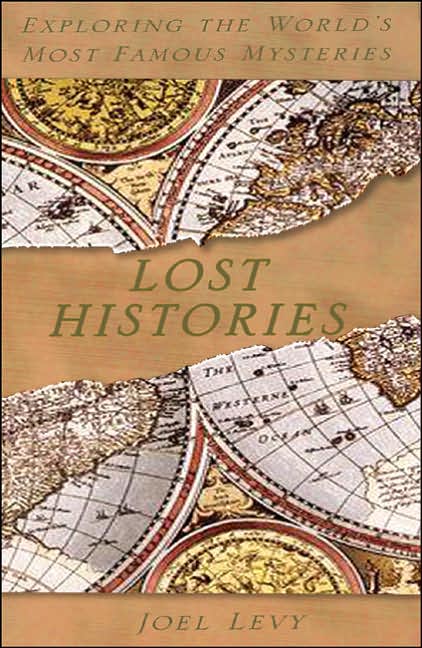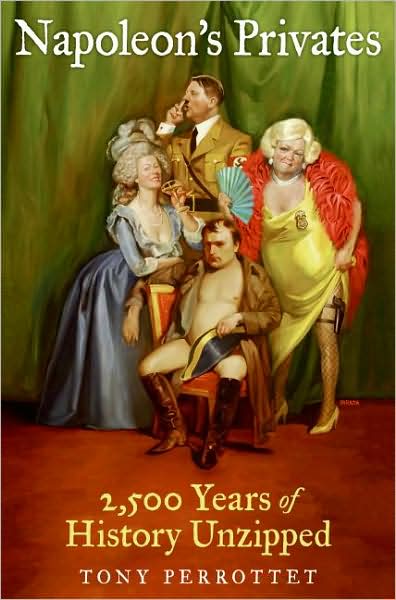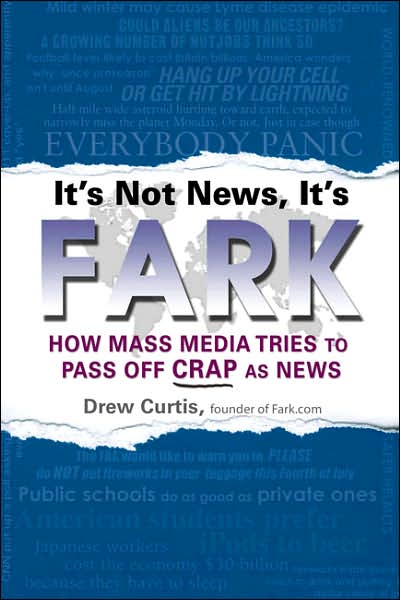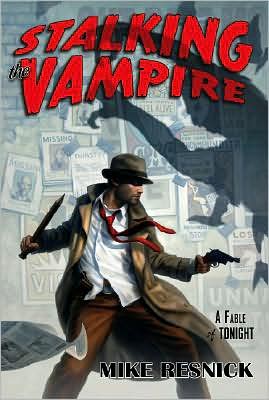
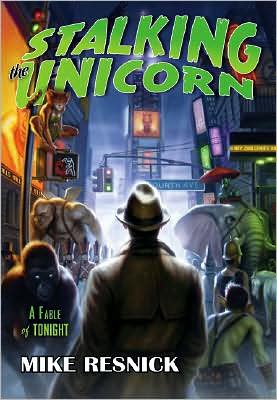
Mike Resnick is a guy who I will always think of as an editor first, because that is where I first encountered his name; as the editor of collections of stories in a themed series of books of alternate history. (
Alternate Presidents, Alternate Warriors, Alternate Kennedys, etc. But Resnick is also an author, and was well before his days as an editor if I read his biography correctly.
The man as an incredibly biting sense of humor. It was his
Adventures, starring a character named Lucifer Jones, that I found out how engaging a writer he could be. But I lost track of his work over the past decade since reading that, and didn't even know about the first book in the John Justin Mallory series until my library got it and the newer one this year.
Stalking the Unicorn was actually first published in 1988, so Resnick waited 20 years before writing a sequel, and a third one is in the works to be released sometime later this year according to his website. Be that as it may, 20 years is not the amount of time that passes between the two in the context of the story, so you won't encounter a doodering old detective in the sequel, thank God.
In the first book, Mallory is just beginning to celebrate New year's Eve alone in his office in Manhattan. Just as he starts in on a bottle, an elf shows up to ask for his help in locating a unicorn that was stolen from him. Thinking the elf is a hallucination, he dimisses the thing, but the elf persists, so Mallory ends up taking the case.
Much to the detective's surprise, an alternate Manhattan exist on the same plane as the real Manhattan, only one where all the fairy tale creatures are real; unicorns, elves, trolls, goblins and the like. Along the way, Mallory picks up a few followers who add comic humor and sometimes genuine help in his search for the unicorn. The funniest of these is Felina a cat-woman, who is constantly hungry.
He also encounters his nemesis for the novel, the Grundy, a demon who seems to be as interested in the unicorn as he is. What happens next is what makes the story great, but i won't reveal the twist here. you'll have to read it to find out.
Stalking the Vampire picks up a couple of years after the story ends in
Stalking the Unicorn. In the interim, Mallory has picked up a partner in his detective office, Winnifred Carruthers. It's All Hallow's Eve, the biggest event of the year for the fairy tale Manhattan. At the start of the story, Carruthers' nephew, Robert Newton, has come for a visit from Europe.
Somehow he is not very healthy and it is determined that he has been bitten by a vampire. Several times, in fact, an obviously on the boat trip from Europe. Fortunately he is not entirely converted to vampirism. unfortunately, however, someone kills him.
Mallory and Carruthers are on the case. Seeking out this European vampire becomes and adventure, taking Mallory all over the place trying to find him. Again, as with the first, he picks up several helpful (and not-so-helpful) characters along the way before his final encounter.
I liked both books, but I have a partiality to the first one simply because of the introduction to a rational human from this world into that alternate reality.
Rate Stalking the Unicorn 8 stars.
Rate Stalking the Vampire 7½ stars.

